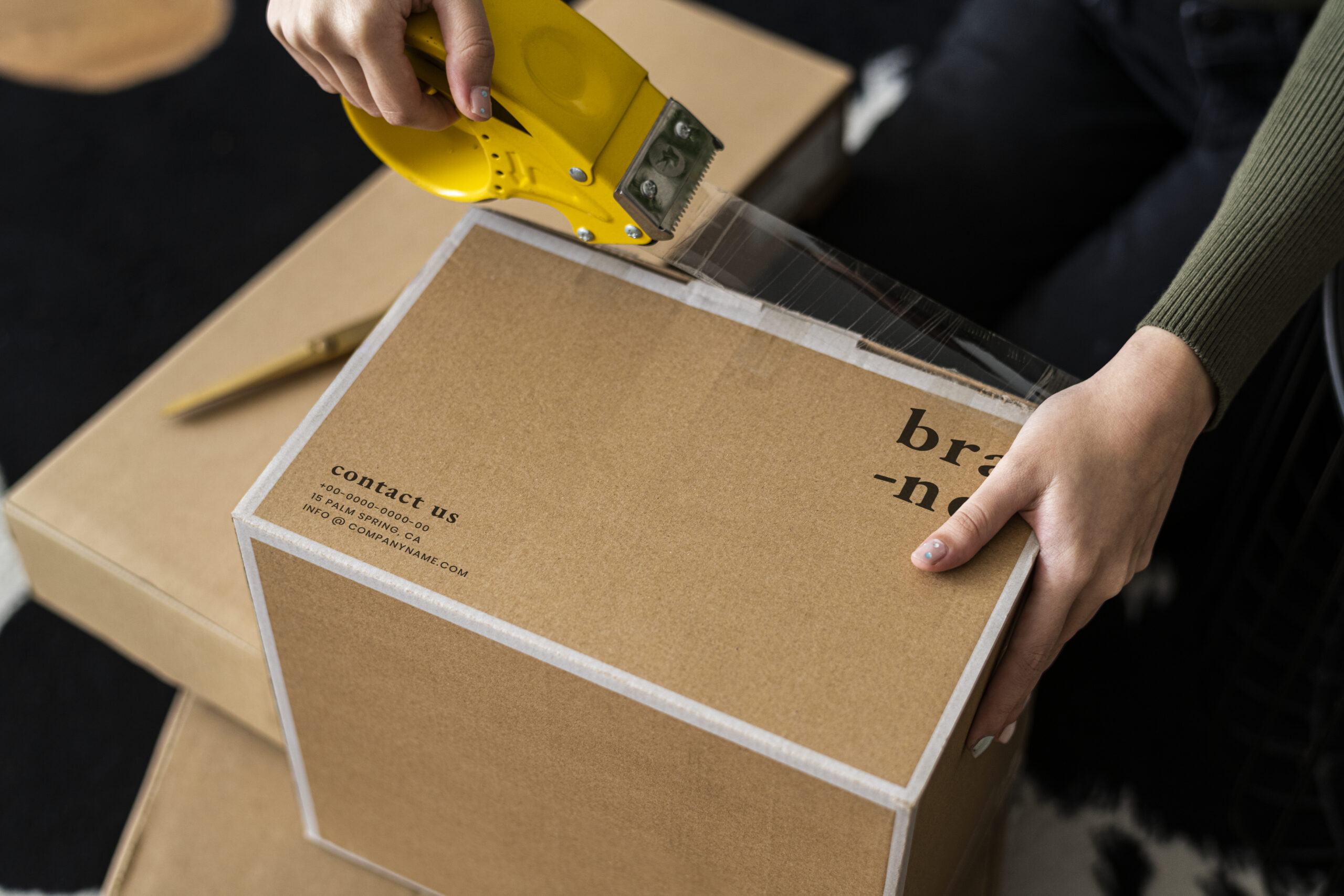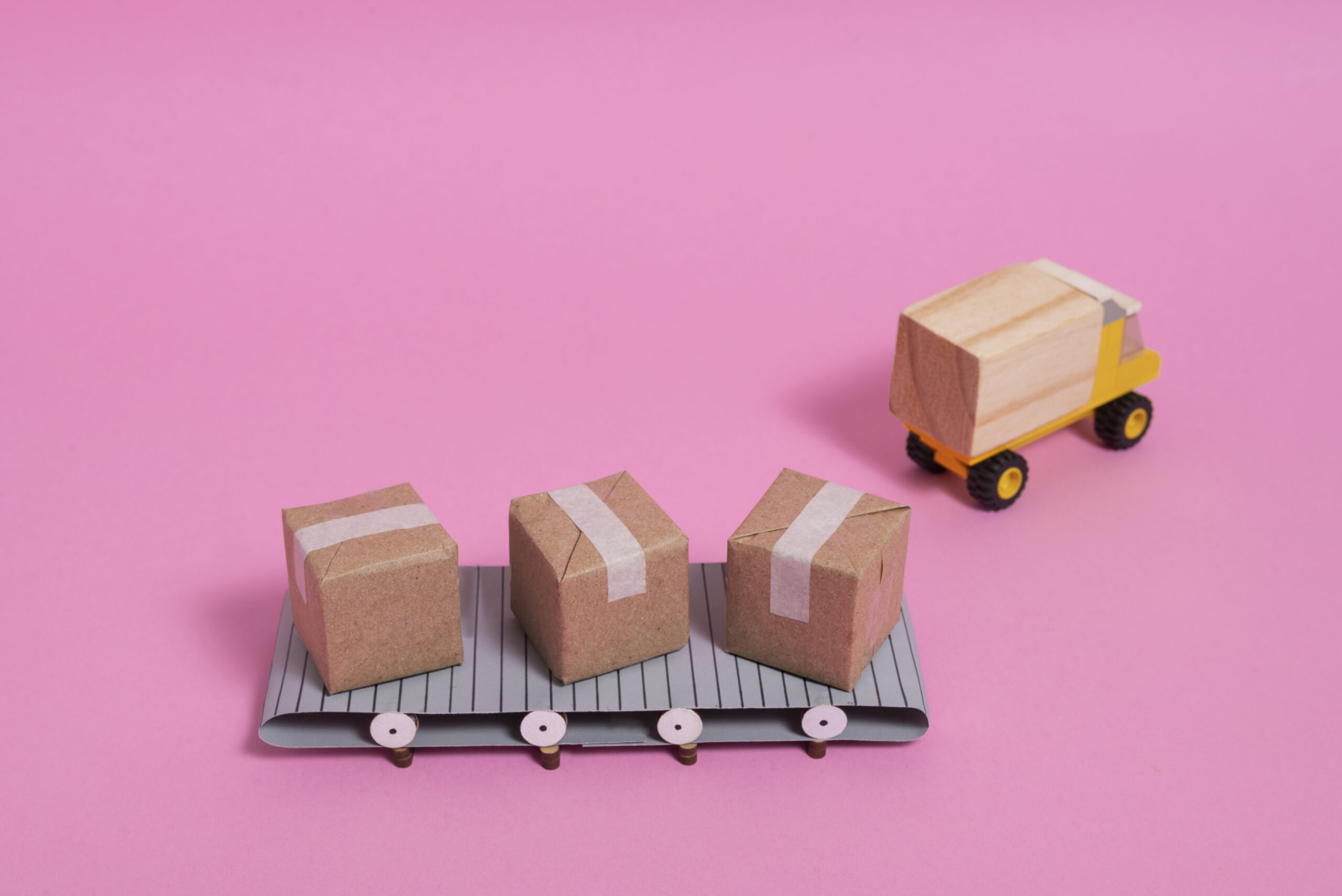In the highly competitive world of modern commerce, where every penny counts, cost-effective packaging has become a strategic priority for companies looking to maximise profit margins without compromising product quality or customer experience. From corporate giants to small start-ups, all are looking for innovative ways to reduce costs in the design, production and distribution of their packaging, without sacrificing product integrity or brand aesthetics.

The context of economic packaging in the modern economy
In an environment where consumers are increasingly aware of their environmental impact and are looking for more sustainable products, companies face the challenge of finding a balance between economic efficiency and environmental responsibility. Fortunately, advances in technology and material innovation offer new opportunities to reduce costs and minimize the environmental impact of packaging.
What are the factors that influence the cost of packaging?
The cost of packaging can vary depending on a number of factors including:
- Material: The type of material used for the packaging, such as cardboard, plastic, glass, paper, etc., will significantly influence the cost. Some materials are more expensive than others due to their availability, processing and specific characteristics.
- Design: Packaging design can be simple or complex. An elaborate design, with multiple colours, shapes or special features, can increase production costs.
- Size and shape: The size and shape of the packaging are also important factors. The larger or more complex the shape of the packaging, the more material will be needed, which translates into higher costs.
- Quantity: The number of packaging units produced can significantly affect the total cost. Generally, the higher the volume of production, the lower the unit cost.
- Customisation: If the packaging requires additional customisation, such as custom printing, special labels or unique finishes, this will also add additional costs.
- Production process: The production method used to manufacture the packaging, whether it is moulding, die-cutting, printing, among others, will influence costs. Some processes are more expensive than others due to the technology required or the labour involved.
- Logistics: Logistical costs, such as transport and storage of packaging, must also be taken into account. This may vary depending on the location of the production facility, the distance to the distribution point and other logistical factors.
- Regulations and requirements: If the packaging is subject to specific regulations, such as food safety or environmental regulations, meeting these requirements may add additional costs.
- Durability and protection: If the product requires robust packaging to protect it during transport and storage, this can influence the materials and processes used, which in turn affects costs.
- Environmental impact: The use of sustainable materials and processes can have an impact on costs. While these may initially be higher, in the long term they can generate savings and reputational benefits.
Considering these factors is crucial when evaluating and calculating the total cost of packaging for a specific product.

And what are the keys to reducing these costs?
- Design for efficiency:
Smart packaging design can make a big difference to production and logistics costs. By minimising empty space, optimising dimensions and reducing material usage, significant savings can be achieved without compromising product protection. In addition, modular design and standardisation can simplify manufacturing processes and reduce storage costs.
- Optimisation of materials:
Choosing the right materials is crucial for cost-effective packaging. From recycled cardboard to bioplastics, there are numerous options available that offer a balance between cost, functionality and sustainability. By collaborating with suppliers to obtain the best prices and terms, companies can significantly reduce material costs without compromising packaging quality.
- Process automation:
Automating manufacturing and packaging processes can improve operational efficiency and reduce labour costs. By investing in modern machinery and technology, companies can increase production speed, reduce errors and minimise material waste. In addition, automation can allow for greater flexibility and customisation in packaging design and production.
- Supply chain optimisation:
Supply chain optimisation can generate significant savings in distribution and logistics costs. By reducing transportation distance and time, consolidating shipments, and using efficient delivery services, companies can minimise the costs associated with transporting products and materials. In addition, implementing optimized packaging practices can reduce the volume and weight of shipments, resulting in additional savings in transportation costs.
- Continuous innovation:
Continuous innovation is essential to remain competitive in the cost-effective packaging market. By staying abreast of the latest trends and technologies in the packaging industry, companies can identify new opportunities to reduce costs, improve efficiency and differentiate themselves from the competition. From exploring alternative materials to implementing advanced design techniques, innovation can open new doors for cost reduction and improved packaging performance.

In conclusion, cost-effective packaging is critical to the long-term success of any company in today’s marketplace. By adopting a comprehensive strategy that includes efficient design, optimised materials, process automation, supply chain optimisation and continuous innovation, companies can reduce costs, improve efficiency and offer high quality products at competitive prices. With a focus on efficiency and sustainability, cost-effective packaging can become a key competitive advantage in an increasingly demanding and dynamic marketplace.

